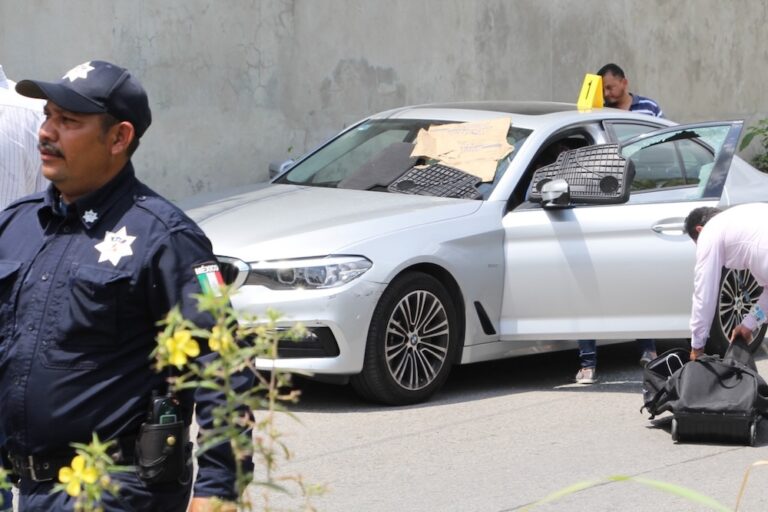During a recent visit to the state, RSF found that the investigations into the disappearances had ground to a halt.
(RSF/IFEX) – 19 November 2010 – Four journalists are still missing in the southwestern state of Michoacán, one of the epicentres of the federal offensive against the drug cartels that President Felipe Calderón launched on taking office in December 2006.
José Antonio García Apac, the editor of the local weekly “Ecos de la Cuenca”, has been missing the longest. He disappeared exactly four years ago, on 20 November 2006, just days before the offensive began. It is still not known what happened to him.
Michoacán is notorious for a cartel called “La Familia,” one of whose chiefs, Arnaldo Rueda, was arrested in 2009. During a recent visit, Reporters Without Borders found that the investigations into these disappearances have all ground to a halt. The State Human Rights Commission (CEDH) has nonetheless undertaken a total of 600 initiatives in 123 disappearances since 2008, its president, Víctor Manuel Serrato Lozano, told us.
Complaints about attacks on journalists fill 11 files in the CEDH’s offices. Most of these cases involve illegal searches and threats by the police or armed forces. State agents are just as much to blame for violence against the press as organized crime. And cases that should get priority treatment end up being mislaid due to cumbersome bureaucratic procedures at both the state and federal level.
Under Mexico’s federal criminal code, the definition of “forced disappearance” is limited to one in which a government employee or public office holder is implicated. At the same time, the Michoacán state criminal code does not list “disappearance” as a crime. So the disappearances of the four journalists are being investigated as “illegal privation of freedom.” As a result of this legal vagueness, the cases keep on bouncing between the various local and federal departments involved.
Meanwhile, the families of the four journalists missing in Michoacán are wearing themselves out pestering the authorities for answers.
The investigation into García Apac’s disappearance is virtually at a standstill. The case has been put “on hold” three times, the latest in March 2008, for lack of new evidence on which to proceed. According to his family, he had information about collusion by Michoacán state and municipal officials with drug traffickers and had tried to alert the federal authorities about this several times before he disappeared.
Not much more progress has been made in the investigation into Mauricio Estrada Zamora’s disappearance on 12 February 2008. He was a reporter for “La Opinión de Apatzingán”, a regional daily. The day before he went missing, it ran a story with his by-line about the arrest of a gang of drug traffickers in the locality of Aguililla. A member of the “anti-kidnapping” squad told the family there could be a link.
According to another account, Estrada was involved in a dispute with a man known as “El Diablo” (The Devil), who was in fact a police officer in the former Federal Investigation Agency (the Mexican FBI), an agency given over entirely to combating drug trafficking. The reasons for this dispute never came to light and “El Diablo” was transferred out of Michoacán on 11 February 2008, the day before Estrada disappeared.
(. . . )


